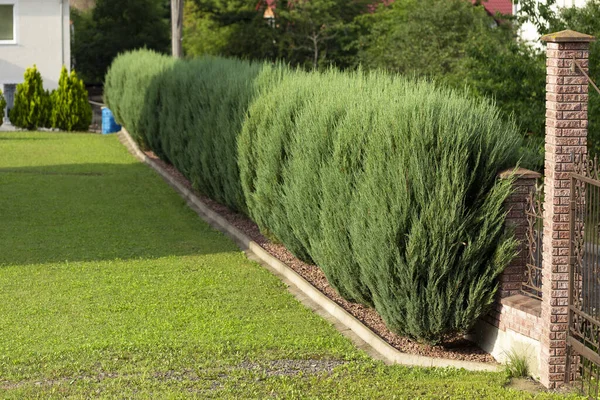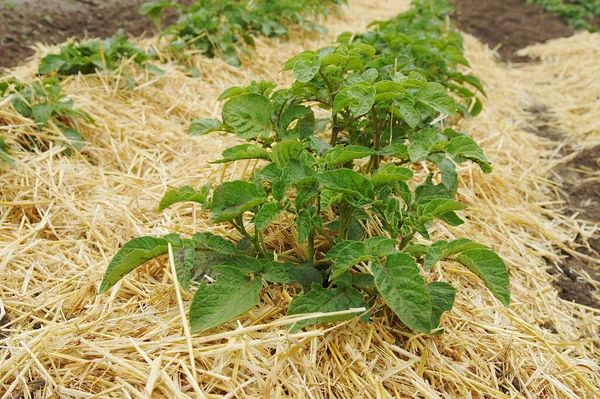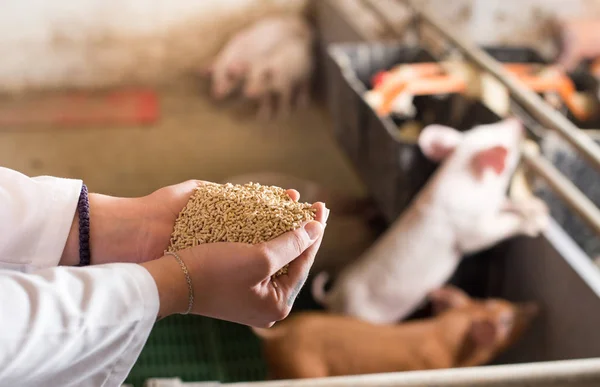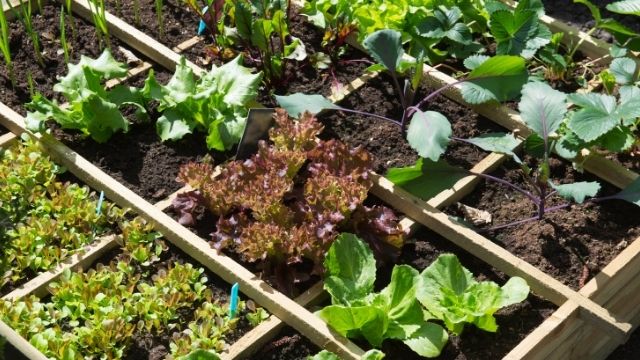As environmental concerns grow, more property owners in Kenya are turning to sustainable alternatives for fencing. Live fencing, which involves using plants and shrubs to create a natural barrier, offers numerous ecological benefits.
In this article, we’ll explore the environmental advantages of live fencing, the best plant species to use in Kenya, and how to maintain a healthy live fence
The Negative Ecological Impact of Traditional Fencing
Traditional fencing materials like metal, plastic, and concrete often have significant environmental footprints. The production process for these materials is resource-intensive, leading to increased carbon emissions and energy consumption. Additionally, non-biodegradable materials contribute to pollution when they eventually deteriorate.
Read Next: Which Fencing Plants in Kenya Make the Best Hedges
Why Choose Live Fencing?
Live fencing offers a sustainable alternative to traditional materials. Here are some of the key environmental benefits:
- Biodiversity: Live fences provide a habitat for various species of birds, insects, and small mammals. This contributes to the overall health of the local ecosystem.
- Soil Erosion Control: The root systems of live fences help stabilize the soil, reducing erosion and promoting soil health.
- Air Quality Improvement: Plants absorb carbon dioxide and release oxygen, improving air quality around your property.
- Water Conservation: Many plant species used in live fencing are drought-resistant, requiring minimal water once established.
Which are the Best Plants for Live Fencing?
Choosing the right plants is crucial for creating an effective live fence. Here are some popular options in Kenya:
- Kei Apple: Known for its thorny branches and dense growth, Kei Apple (Dovyalis caffra) is excellent for security purposes. Its formidable thorns deter intruders while its lush foliage offers privacy.
- Bougainvillea: This vibrant flowering plant is not only beautiful but also effective as a live fence. Bougainvillea thrives in sunny conditions and can be trained to grow along fences, providing a colorful and dense barrier.
- Duranta: (Duranta erecta), often referred to as golden dewdrop, is a fast-growing shrub that produces clusters of purple flowers. Its thorny stems make it a great choice for security, while its attractive blooms enhance the aesthetic appeal.
- Tecoma (Tecoma stans), also known as yellow trumpetbush, is a hardy plant that can grow tall and dense. Its bright yellow flowers attract pollinators and provide a vibrant display while serving as an effective privacy screen.
- Cypress trees are known for their height and density, making them ideal for live fencing. They can grow up to 80 feet tall, providing excellent privacy and a stately appearance along property lines.
- Bamboo is a fast-growing grass that can create a lush, green barrier in a short time. Certain species can grow several feet in a single day, making it a popular choice for those seeking quick privacy solutions.
- Arborvitae (Thuja occidentalis) is a classic choice for living fences due to its dense, evergreen foliage. It is versatile and can adapt to various soil types, making it suitable for many landscapes.
- Ivy is a vigorous climbing plant that can quickly cover fences and walls, providing a green and lush appearance. It is particularly effective in shaded areas and can thrive in a variety of conditions.
- Lilacs (Syringa spp.) are not only fragrant but also provide beautiful blooms in spring. Their dense growth can create a lovely living fence, adding color and scent to your garden.
- Holly (Ilex spp.) is an evergreen shrub with spiny leaves that can serve as an effective barrier. Its dense growth and bright red berries in winter add both security and seasonal interest to your fencing.
How to Maintain a Live Fence
Maintaining a live fence requires regular care and attention. Here are some tips to keep your live fence healthy and thriving:
- Pruning: Regular pruning helps maintain the shape and density of your fence.
- Watering: Young plants need consistent watering, especially during dry seasons. Once established, many live fence plants are drought-tolerant.
- Pest Control: Use organic pest control methods to protect your plants from insects and diseases.
- Fertilization: Periodic fertilization can enhance plant growth and overall health.
Cost and Long-Term Benefits
While the initial cost of establishing a live fence may be higher than some traditional materials, the long-term benefits often outweigh the expense. Live fences have a longer lifespan, require fewer repairs, and can increase property value by enhancing its aesthetic appeal and environmental footprint.
Read Next; Which are the Best Fencing Options in Kenya? Comprehensive Guide
Conclusion
Live fencing is not only an eco-friendly alternative but also a practical and attractive option for property owners in Kenya. By choosing the right plants and maintaining them properly, you can enjoy a beautiful, sustainable, and secure fence that benefits both your property and the environment.



